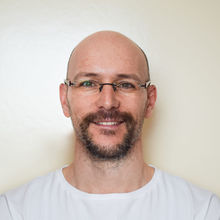A proper examination of skin scrapings requires a comprehensive approach including basic direct microscopic mycological and parasitological diagnosis, bacteriological and mycological culture. This is followed by typing of the pathogens by MALDI-TOF, complemented by direct detection of dermatophytes by PCR. Bacterial pathogens are also tested for susceptibility to antimicrobial agents.
Description
Microscopic diagnosis makes it possible to detect the presence of spores of dermatophytic fungi infecting the fur and also reveals the possible presence of ectoparasites in skin scrapings.
Bacteriological and mycological culture allows the detection of the entire spectrum of bacterial and mycotic agents (including yeasts) causing skin diseases and skin derivatives (claws, cornices, etc.).
Due to the difficulty and time consuming nature of conventional mycological culture of dermatophytic fungi, we also offer molecular genetic detection of these fungi directly from skin scrapings. In case of a positive result, we can also perform genus and species identification by genome sequencing analysis (MicroSeq).





Download
| Typ souboru | Název | Velikost | |
|---|---|---|---|
| General application form | 0,1 MB | Stáhnout | |
| General application form | 0,4 MB | Stáhnout |
FAQ
For testing, samples of fur, crusts or pathological changes should be taken from the interface between the healthy and affected areas. The actual scraping is best done with a scalpel blade until the first capillary bleeding appears. Place the material obtained in a sterile tube or wide-mouth specimen cup and send for examination.
Yes, you can specify in your order if you want a complete examination or only some parts of it (bacteriological, mycological, parasitological or PCR examination) or any combination of them. If you require a full test, you must send a sufficient amount of sample (1-2 g) to allow these tests to be carried out.
The usual culture time is 14-21 days. In the case of slow-growing dermatophytes detected in large ruminants (Trichophyton verrucosum), the culture time may be extended to 5-7 weeks. Molecular genetic detection of these fungi directly from skin scrapings is performed within 3-7 days.


